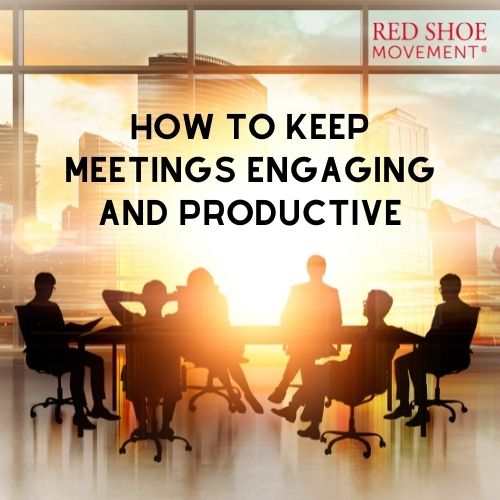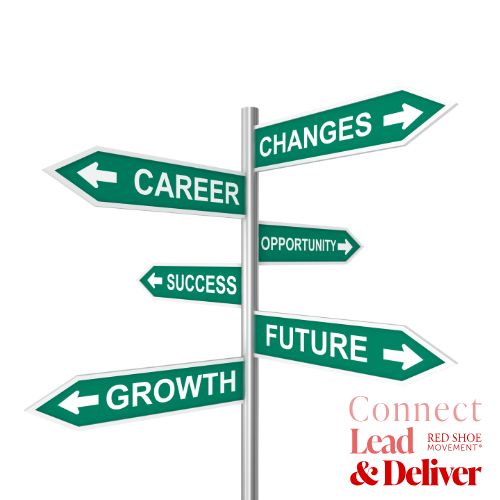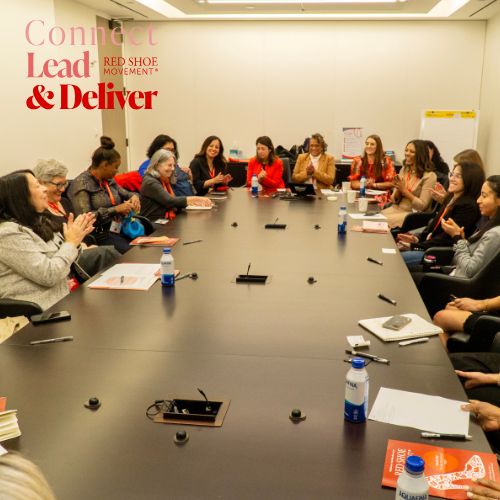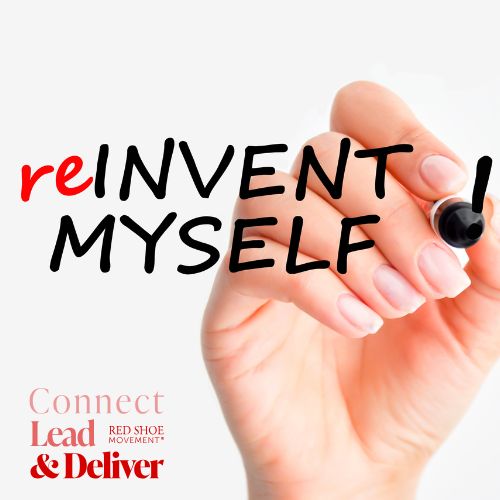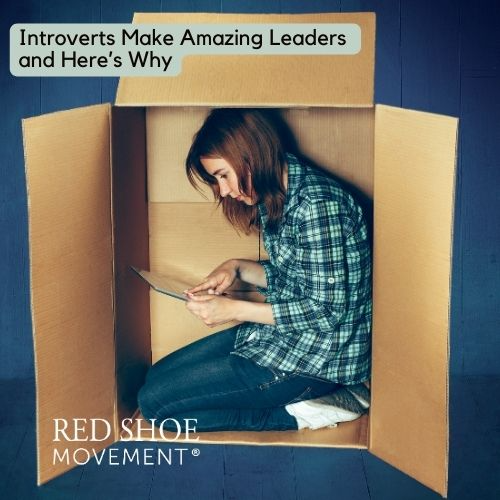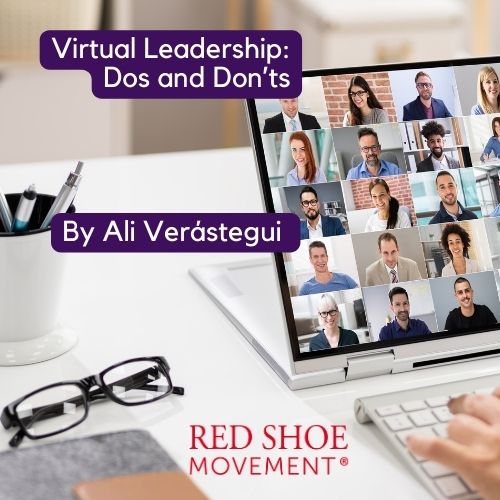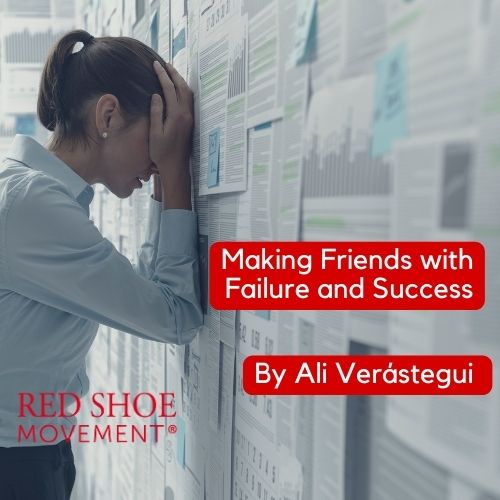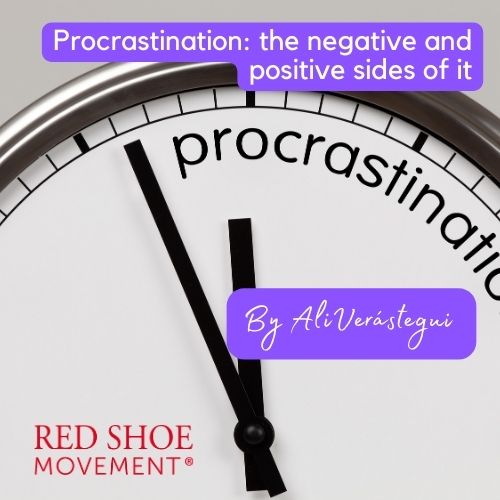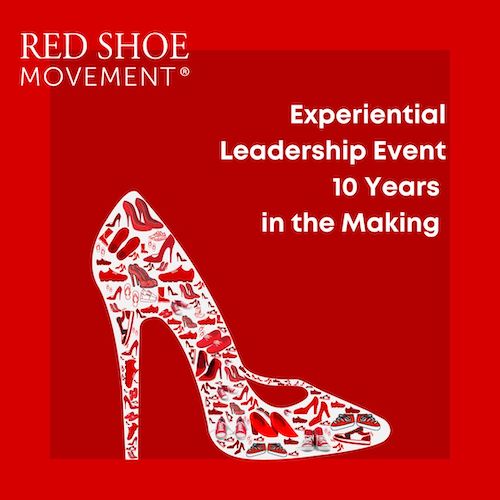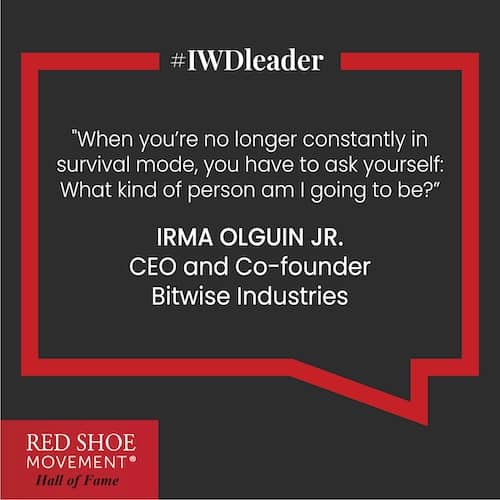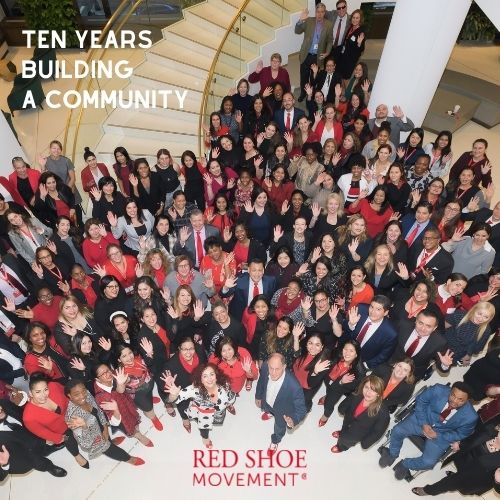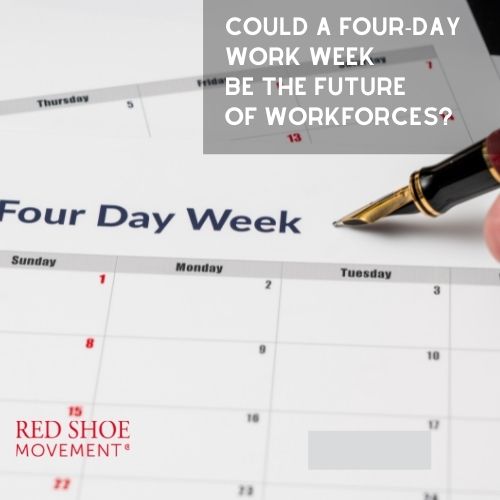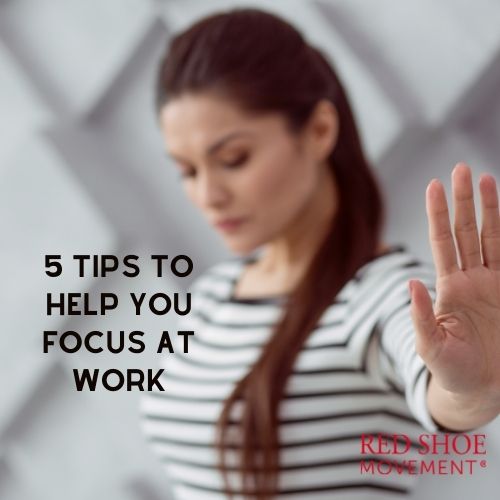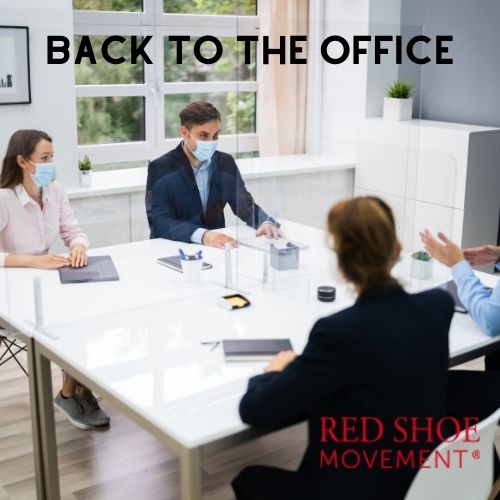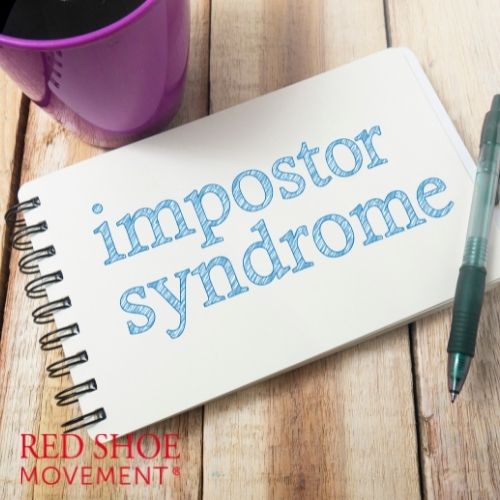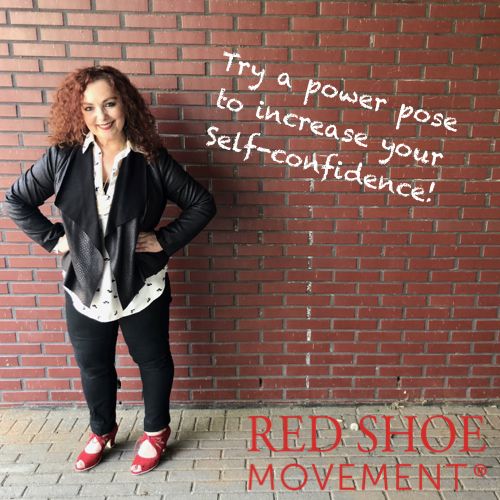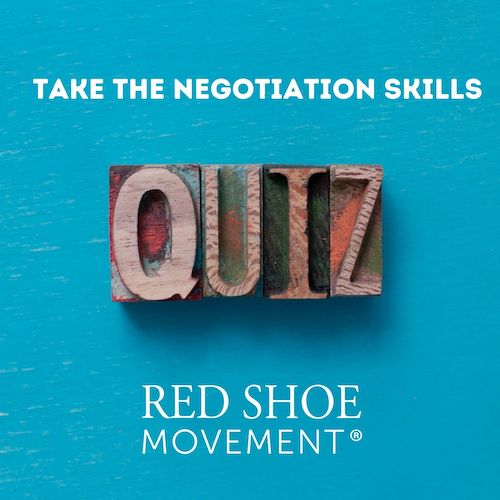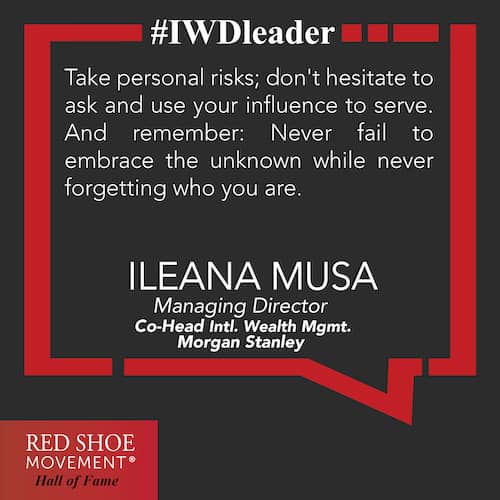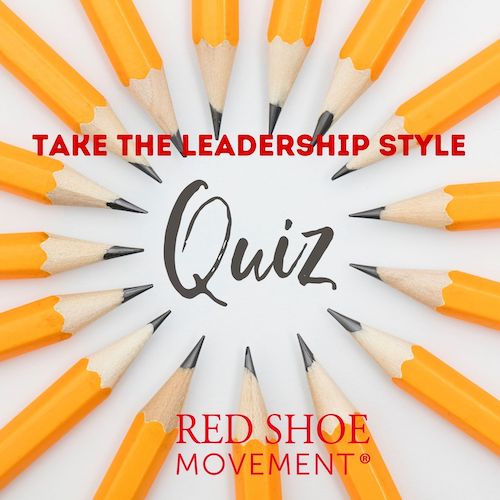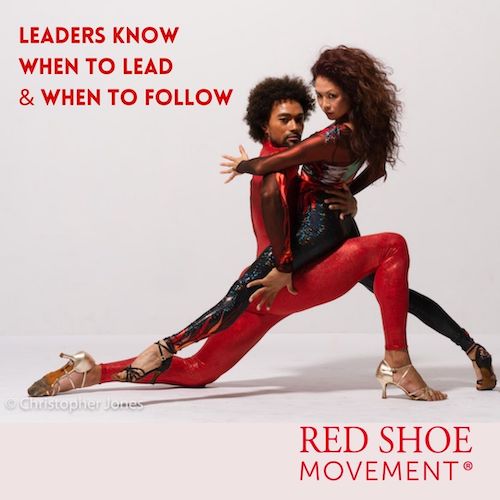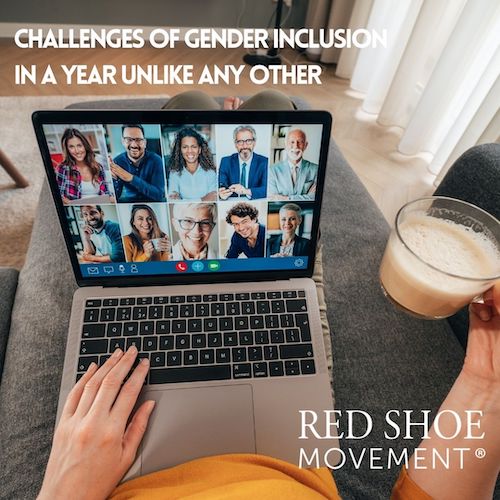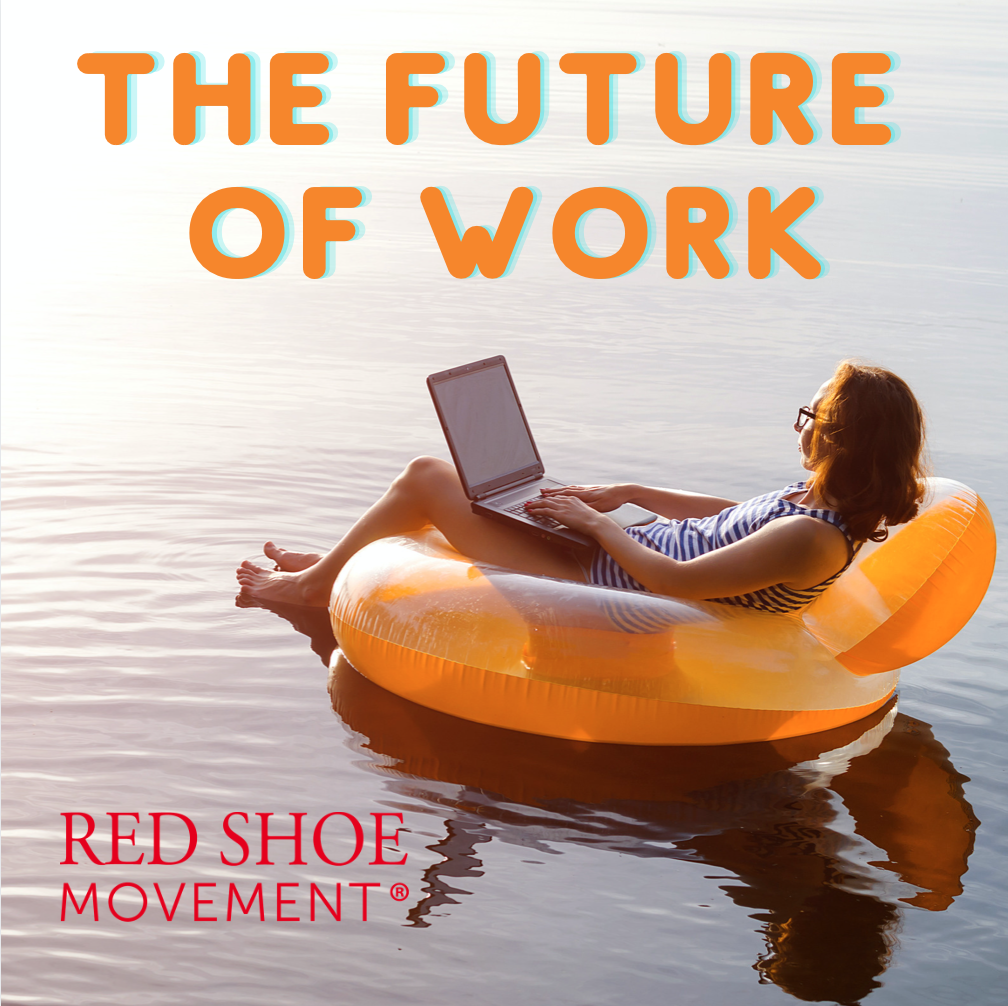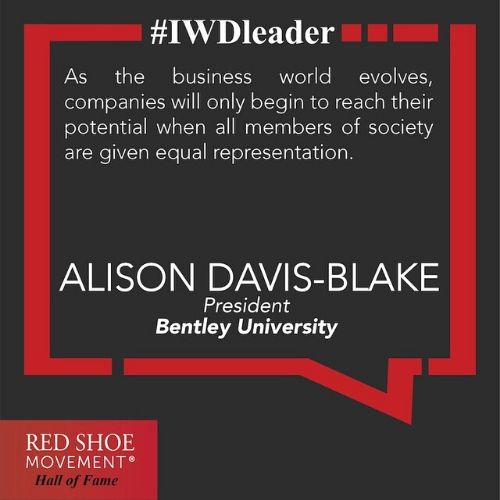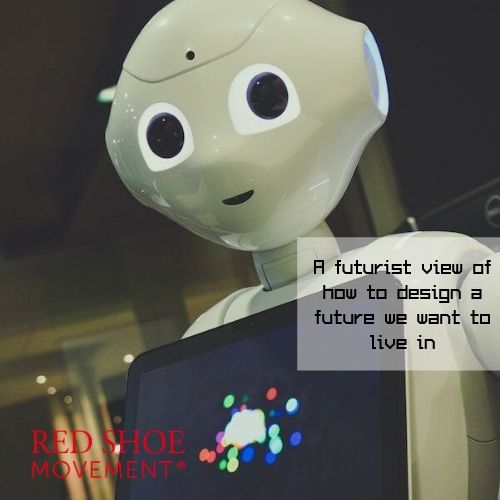Love or hate them, meetings are an important part of any organization. The challenge is in knowing how to keep work meetings engaging and productive. We know. It’s not an easy feat.
Our time working remotely taught us some valuable lessons about the pros and cons of both in-person meetings and the new virtual variety that took over as we adjusted to working from home. Some people found it easier to speak up and make themselves heard through a screen. This made many managers realize the value in voices that weren’t being heard.
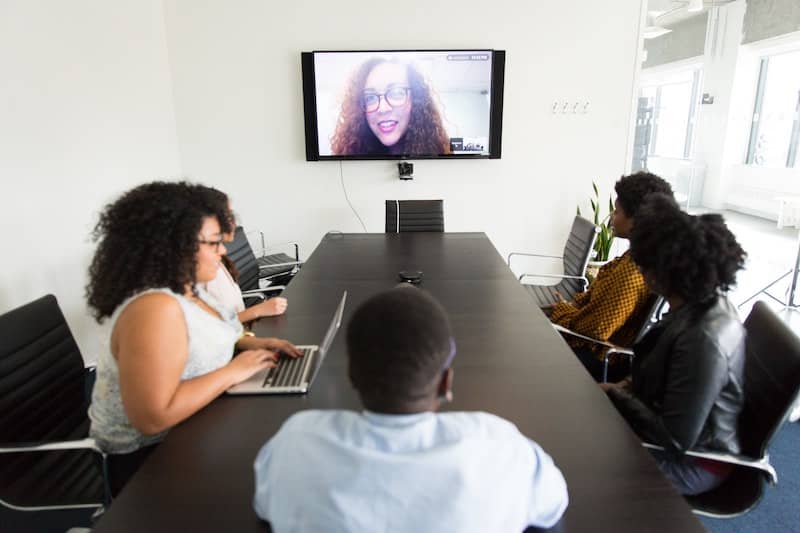
However, if your team is finding these meetings tedious and can’t see what their point is, they will eventually have a negative impact. After all, no one likes to feel like they are wasting time. The ability to keep work meetings engaging and productive will not only improve the quality of work and boost team confidence, but also showcase your positive leadership skills.
Lateral Thinking: Find More Innovative Solutions Faster!
Why Is it Important to Keep Work Meetings Engaging and Productive?
According to the Harvard Business Review, meetings help “every individual understand both the collective aim of the group and the way in which their own and everyone else’s work can contribute to the group’s success.” If done right, keeping work meetings engaging and productive can motivate your team to keep up the good work and reach their goals with more enthusiasm.
In addition, work meetings tend to be “the only time when the leader is ever perceived to be guiding a team,” which means that the success of your meetings could also affect the way a team perceives your abilities to lead them. It makes sense, doesn’t it? Being able to run things smoothly will reassure your colleagues by letting them see you’re prepared and know what you want from them.

Velvet Hammer Leadership and Why It Works
Long Meetings Can Make Your Team Less Productive
A study surveying 182 senior managers in different industries found that: “65% said meetings keep them from completing their own work. 71% said meetings are unproductive and inefficient. 64% said meetings come at the expense of deep thinking. 62% said meetings miss opportunities to bring the team closer together.”
Other surveys have reported a low percentage of executives who believe that their meetings are a generally productive use of group and individuals’ time. The vast majority of the 200 senior executives polled believe that meetings can often become wasters of individual time, team time or, even worse, both.
5 Tactics to Help You Focus at Work

8 Ways to Keep Work Meetings Engaging and Productive
1Decide if meeting needs to be synchronous or asynchronous and for whom. Does the information being shared need to be consumed synchronously by everyone or can some team members listen to a recording of the session at a more convenient time? This is the most critical decision you can make to keep your work meeting engaging and productive. It’s a mistake to think everyone needs to be present at every meeting.
2Set specific goals for every meeting: Do you know what the purpose of the meeting is? Creating and agenda and sticking to it can help keep work meetings engaging and productive and reduce meeting time significantly.
3Define who really needs to be there: Knowing the type of meeting and the goals will make it easier to define who needs to be involved in the meeting. Save people’s time by not asking them to attend meetings they can avoid.
4Stick to strict time limits not only for the meeting but for individual’s participation: This will help in several ways. To begin with, it’ll let employees and coworkers know that you value their time. It will train people to be concise. People will also find it easier to participate if they know they won’t have to compete for a moment to be heard. Start and end meetings on time so everyone will know they can still plan their workday around meetings without wasting too much time before or after.
5Rotate hosts: Giving all members of a team a chance to be the host or the co-host of a meeting where they will gain exposure, makes it more likely that people will look forward to participate. It’s a great opportunity to test leadership skills.
6Make sure everyone has the information they need: Send the agenda ahead of time so attendees can prepare questions or any comments. This will keep work meetings engaging and productive. After the meeting, share the highlights as well as any actionable follow-up tasks discussed during the meeting. Meetings don’t feel like a waste when you walk out of them with a clear idea about what should happen next.
Overcoming Impostor Syndrome and Building Confidence
7Give everyone a chance to speak: Make sure you carve out time for people to share their work, input and concerns in a safe environment.
8Set milestones and keep an eye on everyone’s progress: Don’t shy away from celebrating victories or acknowledging shortfalls. It’s critical to use mistakes as a learning opportunity that is celebrated too.



